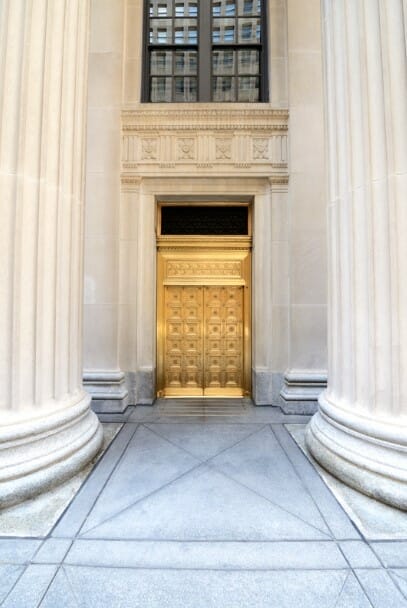Monetary policy, and the people who decide on it, are often described as hawkish or dovish depending on whether the proposed policy is restrictive or stimulative, respectively. As we will touch on later, restrictive monetary policy and higher interest rates have a twofold effect on stock valuations and investors should learn to watch for cues.

A centrist is someone who sees the point of view of both hawks and doves but takes a position in the middle of both policy alternatives. Breaking central bank members down between hawks and doves makes it easier to analyze the split on how policy decision votes are likely to turn out.
Investors need to understand the hawkish or dovish cues being made by central bankers in order to get a sense of where policy decisions are heading. Monetary policy can have a big effect on market valuations as we are seeing now in mid-2022. Watching for early indicators of shifts in policy stance can help investors position their portfolios for potential policy changes.
The Two-Fold Effect of Higher Interest Rates
Higher interest rates not only slow the economy by decreasing spending and business investment, but higher interest rates also raise the risk-free rate of return used in the cost of capital and discounted cash flow process which, in turn, lowers stock valuations. A slowing economy mixed with higher discount rates is not a friendly animal to investors.
For investors interested in a pre-built financial model where they can punch in the financial data of any company of interest and adjust for changes in the cost of capital, they can check out our Little Package of Valuation on our product page!
A Central Bank Hawk is Not Friendly to Markets
A central bank hawk is someone who favors raising interest to keep inflation in check and the economy from overheating. The word hawk is used as a metaphor to signify how frightening higher interest rates and more restrictive policies are to markets and the economy. The more extreme the person’s policy stance to the restrictive side, the more hawk”ish” they are said to be. Watching for increasing discussion about inflation and tightness in labor markets could be considered hawkies cues.

A Central Bank Dove
A central bank dove is someone who favors less restrictive or more stimulative policies through lower interest rates or other policy tools. The more friendly the person’s policy stance to the stimulative side, the more dove”ish” they are said to be. Dovish cues could come in the form of concern about slack in the economy with employment or GDP running below long-term potential.
Also of critical importance – central bank member discussions about comfort with the level of inflation or even wanting to see inflation running higher would be considered dovish cues. We most recently witnessed this type of discussion with the word “transitory” being used by central bankers. But when that discussion changed and “transitory” dropped from the inflation discussion, investors would have been wise to take this as a now hawkish cue.
Takeaway for Investors
Changes in central bank policy can have a large effect on stock and overall market valuations through changes in interest rates and the cost of capital. Investors should take care to watch for dovish and hawkish cues to get a sense where policy is headed and adjust their portfolio accordingly.
Related posts:
- How Fed Economic Stimulus Works and Its Effect on the Economy The Central Bank of America is the Federal Reserve, responsible for deciding how much money is in the economy. To most people, that means that...
- Common Indicators of Rising Interest Rates and Its Impact on the Economy How can you tell when interest rates might rise and what the impact would be on our lives? You can use simple tools to answer...
- How Interest Rates and the Stock Market Are Intricately Intertwined “The most important item over time in valuation is obviously interest rates.” –Warren Buffett Quite a statement, and my thought is, how much do we...
- The Structure of the Federal Reserve Explained in the Simplest Way The Federal Reserve, or the Fed, is America’s central bank. One could argue that makes it the most important factor in the U.S. economy, maybe...
